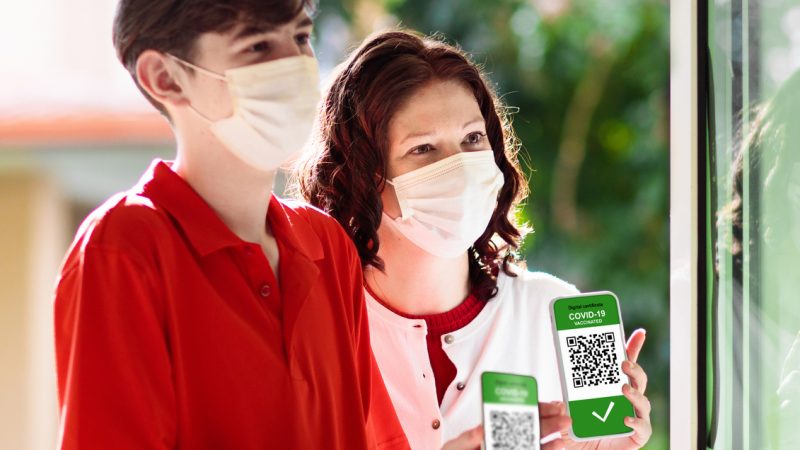Employers legally have to ensure their workplaces are as safe as possible.
Employees and customers still have fears of returning to work as usual – nearly 60% according to the latest IPSOS REED poll; the ongoing Pandemic, politics, continued waves, and a rash of summer litigation has shown just how much preparing for and communicating safety as a top priority mitigates fears, reduces litigation, and increases brand loyalty.
Governments Are Taking A Stronger Stance As Ongoing Pandemic Costs Force Skyrocketing Debt
On September 9, 2021, President Biden announced his Path Out of the Pandemic plan, which includes mandatory COVID-19 vaccination for certain employees in the private sector, the federal government, and health care settings, or regular weekly testing. The US plan also requires private employers to give workers paid time off to get a vaccination and to recover from any side effects. What’s more, Additionally, the plan sets, but does not require, large venues to require proof of vaccination or a negative test before entry.
In Canada, many provinces have gone further than the US and started to adopt a vaccine passport/mandate that requires proof of vaccination for access to restaurants, gyms, and more – in addition to making it a requirement for employment in healthcare and other industries. All of this without exceptions for medical or religious accommodation.
Of course, all of these mandates will play out in the courts, but the tide is definitely shifting from a carrot to a stick, with some governments opting to carry bigger and bigger sticks.
How Does This Immediately Change Your Workplace Return To Work Safety Plan?
The answer is that it shouldn’t, not really, beyond the requirement for secure recordkeeping and auditing, but it should serve as an opportunity for you to revisit your COVID-19 (Return-to-Work) Workplace Safety Plan and make sure it, at the very least, has the following safety measures:
- Implementing employee health screening procedures.
- Implementing an exposure-response plan that addresses:
- Isolation, containment and contact tracking procedures.
- Stay-at-home requirements.
- Exposure communications to affected staff.
- Providing personal protective equipment (PPE) such as masks, gloves, face shields, and personal hand sanitizer. Do you have an amended PPE policy that outlines mask-wearing requirements?
- Implementing ongoing cleaning procedures and procuring ongoing supplies.
- Implementing a workforce vaccination strategy to include surveying employees regarding their vaccine status and developing a voluntary or mandatory vaccination policy depending on your legislated requirements. Be sure to consider legally required accommodations, and to communicate your policies effectively and often.
- Communicating facts and figures about COVID-19 to help your employees navigate misinformation.
- Establishing physical distancing measures within the workplace that may include staggered shifts and breaks, rotating remote schedules, and mapping workplace traffic patterns.
- Restricting business travel to essential travel only that follows government guidance.
- Defining customer, client and/or visitor contact protocols.
- Understanding and complying with OHS record-keeping and reporting obligations that are legislated in your jurisdiction and/or industry.
- Implement a business continuity plan and infectious disease control.
- Establish a pandemic task force to continuously monitor external and internal data and implement appropriate protocols.






